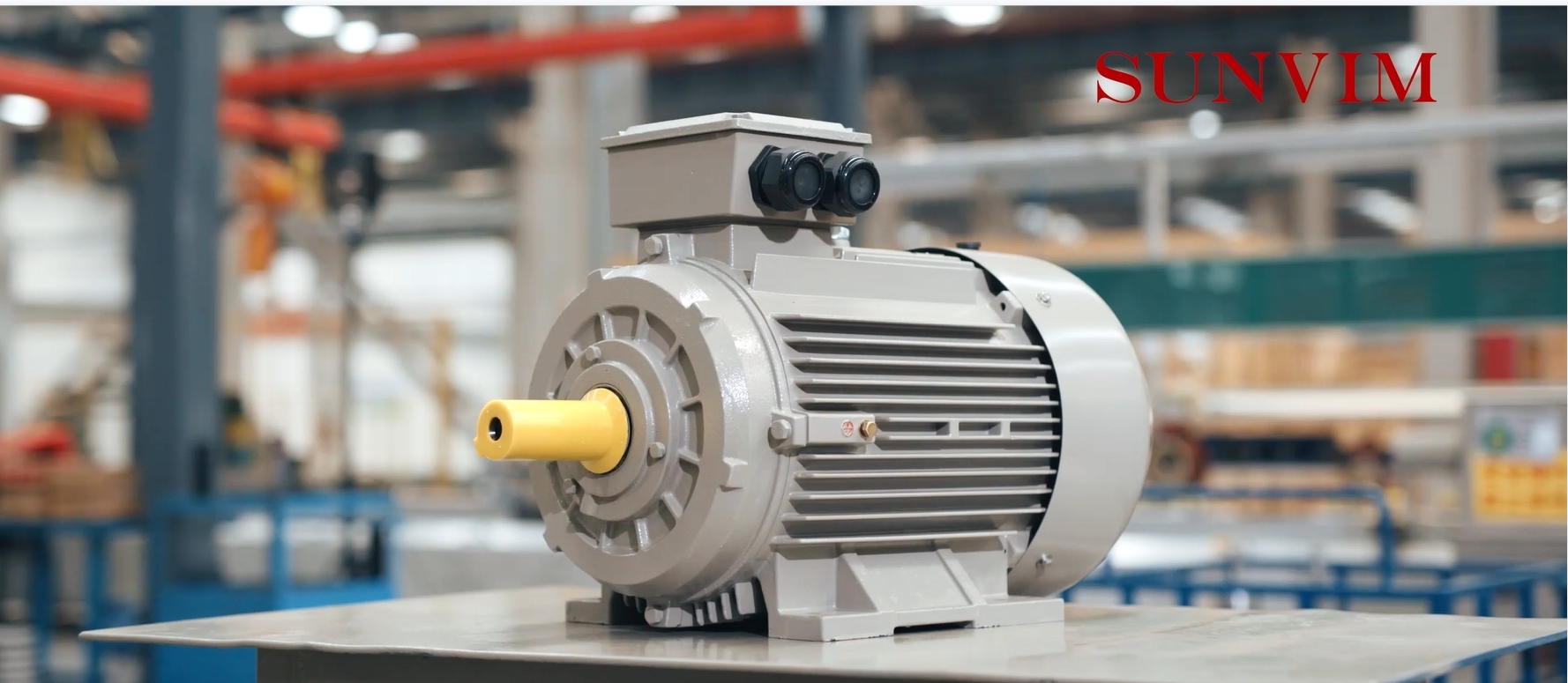In the nameplate of the motor product, several important parameters such as the rated power, rated voltage, rated current and rated frequency of the motor will be stipulated. Among the several rated parameters, they are the basic parameters based on the rated power as the basic framework; for power frequency Motor, when the rated voltage, rated current and rated frequency of the motor meet the requirements, the motor can operate normally. Under the corresponding rated state, the motor can output the rated torque, which is specifically reflected in the motor’s ability to drag the load. For variable frequency motors, due to the changing characteristics of the input power frequency, the overall operating mode of the motor is controlled under constant torque and constant frequency operating conditions to ensure the safety of motor operation. By simply summarizing these rated parameters of the motor, they can basically be classified into two parts: mechanical safety and electrical safety.
The mechanical safety of the motor is characterized by the rated torque. The size of the motor torque directly affects the state of the bearing system and the rotating shaft. For example, for a heavy-duty motor, it must be matched with bearings that can carry a larger load; when the motor's torque is large , will have adverse effects on the operating quality of the bearing; at the same time, in addition to the operating quality of the bearing system, larger torque may cause the shaft to deflect or even break, especially for welded shafts, the degree of adverse effects will be greater Some.
The electrical safety of the motor is characterized by rated voltage and rated current. When the rated voltage is large, the inter-turn voltage of the winding increases, directly leading to the unreliability of the inter-turn insulation; when the motor current is too large, the winding will directly affect the current density due to the large current factor, and the larger current density will cause The conductor heats up seriously, and the final result is a temperature increase, which further threatens the electrical reliability of the motor.
Therefore, whether it is a commercial frequency motor or a variable frequency motor, the safety of its operation revolves around mechanical safety and electrical safety. Any deviation from the rated conditions will have adverse effects on the motor.
Post time: Nov-14-2024

